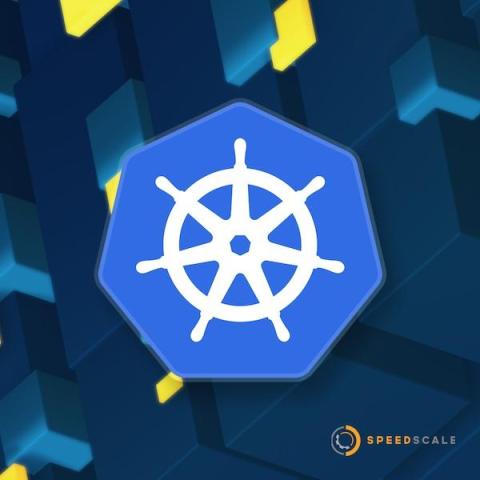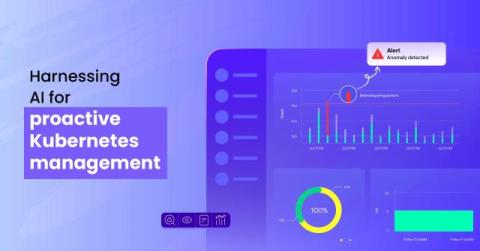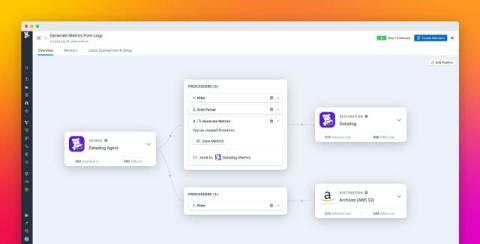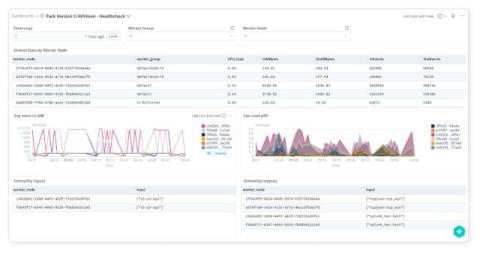How to Migrate From SQL Server to MySQL
One of the standout features of dbForge Studio is its ability to import data from various sources, including ODBC data. This significantly expands your capabilities, both for direct conversion of data stored on different platforms and for the convenient development of database-related objects such as ETL procedures, reports, and more.











